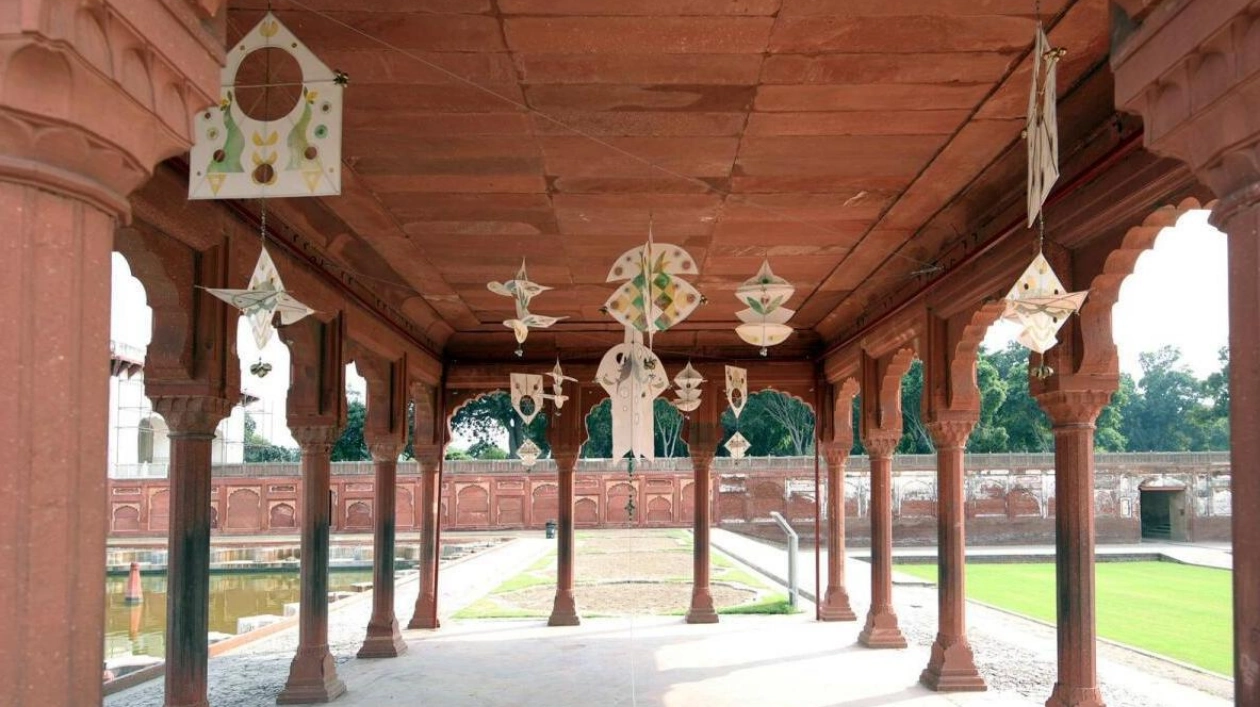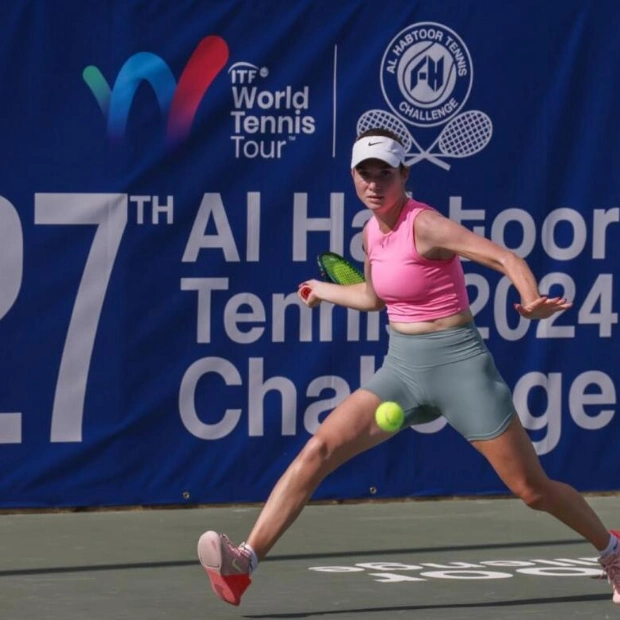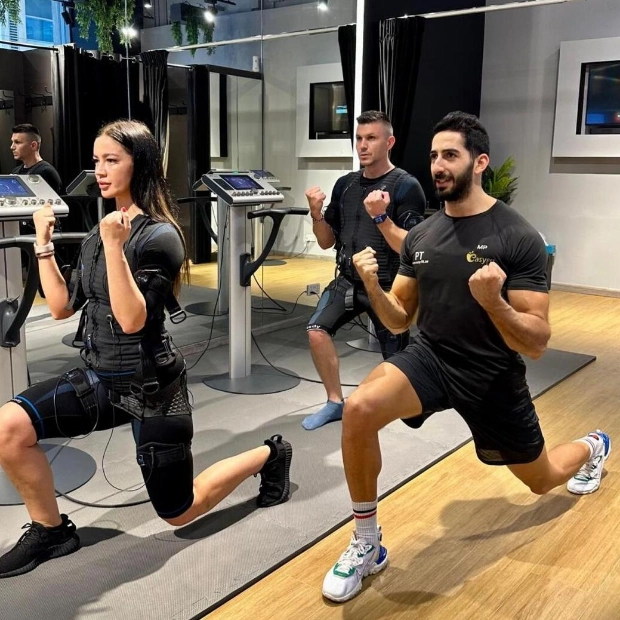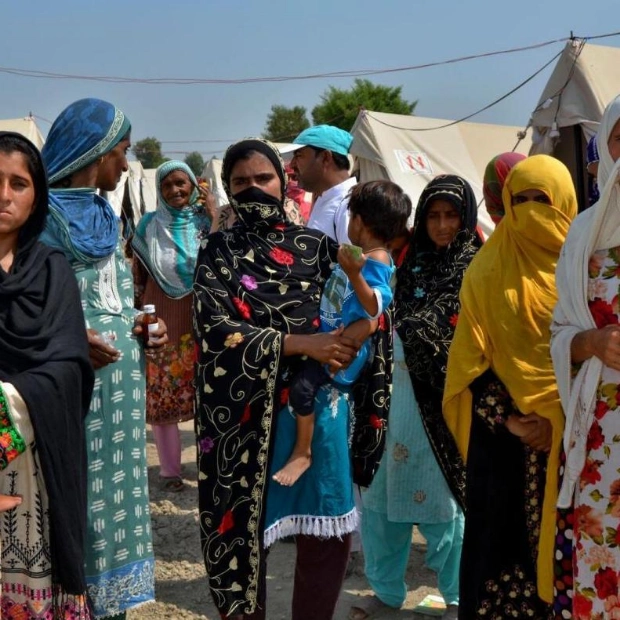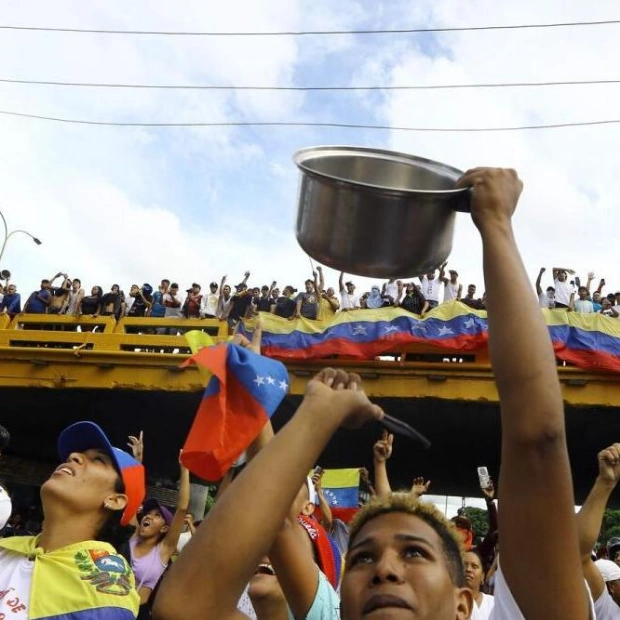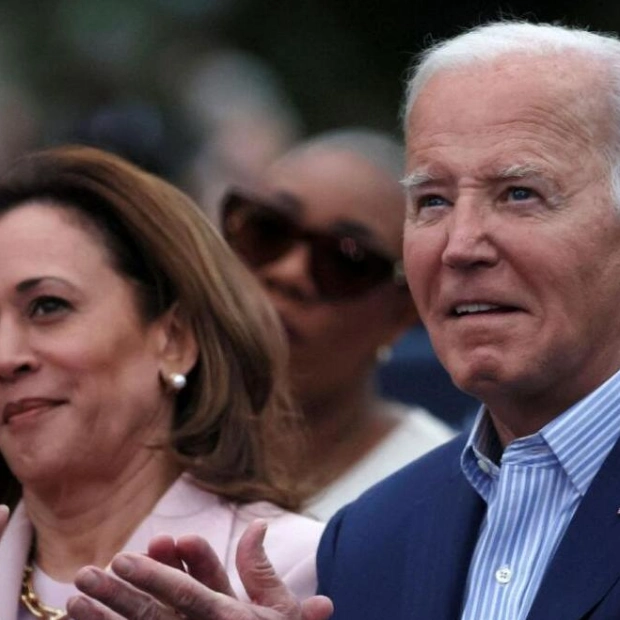Haegue Yang. Spring Sailors – Six Synecologies Aloft
As air pollution levels in Lahore hit an all-time high this week, the third edition of the Lahore Biennale (LB03), titled Of Mountains and Seas, concluded its run from October 6 to November 8. The smog that enveloped the city during the closing week underscored the biennale's theme, which focused on ecologies and sustainable futures, making it even more relevant and urgent.
A biennale is a large-scale, city-wide exhibition and celebration of contemporary art, named after the cities where it takes place. While numerous large-scale exhibitions have existed throughout history, the biennale, derived from the Italian word for 'biennial' or 'every other year', was popularized by the Venice Biennale, first held in 1895 and still considered one of the premier art exhibitions globally. The Lahore Biennale, a relatively recent addition to the international art scene, was initiated in 2018. The second edition in 2020, curated by Sheikha Hoor Al Qasimi, president and director of the Sharjah Art Foundation and the driving force behind the Sharjah Biennale, built on the success of its predecessors by showcasing groundbreaking contemporary art from around 60 artists from over 30 countries in a variety of site-specific exhibits and immersive installations.
Qudsia Rahim, Executive Director of the Lahore Biennale Foundation, stated, 'Given the limited regional dialogues within South Asia, the biennale aims to promote a deeper and more multifaceted exchange within Asia and the rest of the world, and to contribute to a shared and sustainable future.'
Hamra Abbas. Aerial Studies
The biennale activated cultural heritage sites across the city, ranging from the 17th-century Lahore Fort and Shalimar Gardens, built during the reigns of Mughal emperors Akbar and Shahjahan, to the British Raj-era Lahore Museum, Bradlaugh Hall, Nasir Bagh, and the iconic Pak Tea House, a gathering place for authors, poets, and revolutionaries from the 1940s to the 1980s, as well as more contemporary locations like the Orange Line Metro stations. The stations featured stunning blue and orange artworks by Imran Qureshi, part of a series of exhibitions at various sites drawing attention to Lahore's hydrology, where scheduled water delivery necessitates the use of backup plastic water tanks, typically strikingly blue in color. Qureshi transformed these blue tanks into art, painting them with abstract splatters and floral patterns.
Imran Qureshi. Water Bodies
John Tain, the Curator of LB03, noted, 'By juxtaposing historic sites with more contemporary works, LB03 highlights how the city's celebrated culture, architecture, and gardens, generally understood to symbolize its connections to Asia and Europe through trade routes and the migration of people and knowledge, also connect with recent conversations about the significance of historical and indigenous forms of knowledge and practices as necessary alternatives to the extractivism that plagues modern societies.'
Walking through the dusty streets of historic neighborhoods or bustling Mall Road, teeming with traffic under a smog-choked Lahori sky with fellow Biennale delegates—artists, curators, and researchers from around the world—made one acutely aware of the climate emergency facing this ancient city, a hub of art and culture for millennia, renowned for its gardens and rivers. Dryden Goodwin’s exhibition Breathe could not have been more fitting. Breathe: Lahore, displayed at iconic sites like Bradlaugh Hall and Mall Road, along with over 1,000 digital billboards, underscores Lahore’s air quality crisis.
Campaigner Abid Omar, founder of Pakistan Air Quality, in front of Breathe by Goodwin Dryden at Bradlaugh Hall
The project’s international debut features illustrations of Pakistani clean air activist Abid Omar, founder of the Pakistan Air Quality Initiative, a group tackling air pollution through research, data, and advocacy. Goodwin’s drawings of Omar join those of six London-based activists, expanding the project’s focus on global air quality issues.
Speaking of mountains, Hamra Abbas’s Aerial Studies series depicts melting glaciers in northern Pakistan, home to some of the highest peaks in the world. The works, created in marble inlay, reflect her engagement with local workshops in Lahore and serve as a reminder of the vulnerability of mountain ecosystems.
Moving from the mountains to the seas, Ravi Agarwal’s I am Going to the Sea, Clear the Path at the recently restored Royal Kitchens at the Lahore Fort was a photographic and sound installation focusing on the endangered Indus and Ganges River dolphins, whose evolutionary history spans over 25 million years. Native to freshwater bodies, these sightless dolphins now struggle with water treaties, pollution, dams, and fishing nets.
Artist Feroza Hakeem in front of her work Khorshid-e-Mewa at Lahore Fort, 2024
Performance art
On a similar theme, the theatrical performance Humming with Ravi by activist Madhu Abuzar accompanied by Punjabi folk music at the Al Hamra Art Centre lamented the 'murder of the Ravi'. The Ravi, one of the oldest and grandest rivers in South Asia, has been devastated by dam projects and heavy pollution. The moving performance ended with a call to action to preserve and restore the river systems.
John Tain observed, 'By positioning Lahore as a strategic location for global efforts to mitigate and adapt to the climate crisis, LB03 signals the need to shift agency for environmental discourse to the very societies that will be most affected.'
This need could not have been more pressing, and LB03’s ambition to put art and culture at the forefront of responding to issues of climate change could not have been more urgent. The event wasn’t just a chance to view stunning, groundbreaking contemporary art but a powerful call to action for local and international communities to join forces to address these issues and envision sustainable futures for all.
Source link: https://www.khaleejtimes.com
